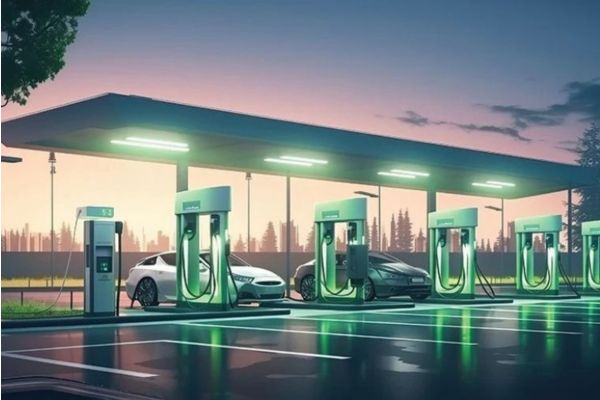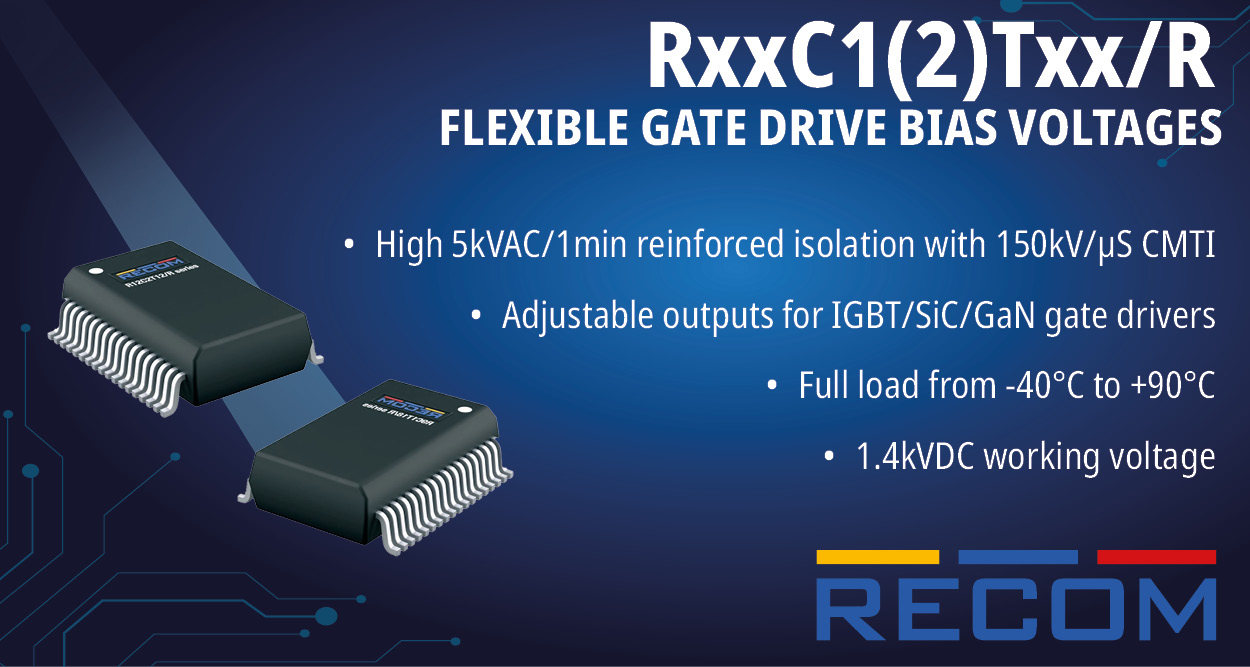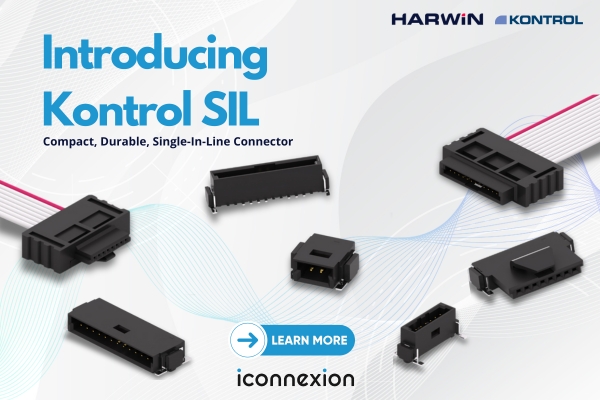The global electric vehicle (EV) charging infrastructure market was valued at approximately USD 32.97 billion in 2024 and is projected to exceed USD 277.76 billion by 2034, growing at a compound annual growth rate (CAGR) of 23.75% from 2025 to 2034.
This robust growth is largely driven by the accelerating adoption of electric vehicles worldwide. Both governments and private enterprises are making substantial investments to expand charging networks, supporting the shift towards sustainable transportation. Environmental concerns, combined with favorable government incentives, are key factors fueling this transition.
Advancements in charging technologies, including fast-charging and wireless charging, are improving the convenience of EV ownership. As the popularity of electric vehicles continues to surge, the demand for accessible charging solutions is rising—particularly in urban centers and along major transportation routes. The global push to reduce carbon emissions further propels this market’s expansion.
In countries like India, there are currently about 200 electric vehicles for every public charging point, underscoring the urgent need to scale infrastructure to meet growing demand.
What Is EV Charging Infrastructure?
EV charging infrastructure refers to the system of stations and equipment that supply electricity to electric vehicles. This includes a variety of charger types, ranging from residential units to public stations located in parking lots, highways, and commercial areas. The availability of reliable and efficient charging options is crucial for widespread EV adoption.
Chargers are typically categorized by speed:
- Level 1: Slowest, using standard home outlets.
- Level 2: Faster, suitable for home and public charging.
- Level 3 (DC Fast Charging): High-speed charging ideal for long-distance travel.
These charging options help address “range anxiety,” making EVs a more viable choice for everyday use.
Policy & Market Drivers
In March 2021, the U.S. government announced plans for a nationwide EV charging network as part of a $2 trillion infrastructure package. This includes a goal of deploying at least 500,000 chargers by 2030.
According to the 2021 report from the International Energy Agency (IEA), global EV sales doubled from 2020 to 2021, surpassing 10 million units by 2022. Market growth has been further supported by rising fossil fuel prices, increased environmental consciousness, and falling battery costs.
In the U.S., more than $1.5 billion has been distributed through the National Electric Vehicle Infrastructure (NEVI) Formula Program to develop EV charging along 75,000 miles of highways, promoting cleaner transportation alternatives.
Key Market Insights – 2024 Highlights
- By Region:
- Asia Pacific led the market with a 64.8% revenue share.
- Europe followed with 13.4%.
- By Application:
- The commercial segment held 57% of the market.
- By Installation Type:
- Fixed installations accounted for 77% of the market.
- By Deployment:
- Private sector deployments made up 72.8%.
- By Charging Level:
- Level 2 chargers held the largest share at 51%.
- By Connector Type:
- CHAdeMO connectors captured 42% of the market.
- By Charging Type:
- DC charging led with a 59.1% revenue share.
Market Trends in EV Charging Infrastructure
1. Expansion of Fast-Charging Networks
The demand for quick and efficient charging is accelerating the growth of fast-charging networks, especially in urban areas and along major highways. These high-speed chargers significantly reduce vehicle downtime, enhancing the practicality of long-distance EV travel and improving user convenience.
2. Integration with Renewable Energy Sources
A growing number of EV charging stations are being integrated with renewable energy sources such as solar and wind power. This shift not only decreases the overall carbon footprint of electric vehicle usage but also aligns with global sustainability targets, creating a more eco-friendly charging ecosystem.
3. Smart Charging and Grid Optimization
The adoption of smart charging systems is revolutionizing energy management in the EV sector. These technologies enable load balancing, demand response, and integration with smart grids, helping stabilize electricity distribution. Innovations like vehicle-to-grid (V2G) solutions also allow EVs to return power to the grid, contributing to energy efficiency and resilience.
4. Rise of Public-Private Partnerships
Strategic collaborations between government entities, private enterprises, and utility providers are playing a pivotal role in scaling EV infrastructure. Public-private partnerships (PPPs) help overcome financial and logistical barriers, accelerating infrastructure rollout while distributing investment risks and returns.
5. Urban Charging Solutions
With increasing urbanization, the focus has shifted to deploying EV charging stations in densely populated city areas. Solutions include curbside charging, installations in multi-family residential complexes, and workplace charging facilities—ensuring urban drivers have reliable, round-the-clock access to charging.
6. Technological Advancements in Charging
The industry is witnessing rapid innovation in EV charging technologies. Developments such as ultra-fast chargers, wireless (inductive) charging, and mobile charging units are enhancing user experience by shortening charging times and offering more flexible solutions for diverse use cases.
7. Global Expansion and Standardization
As electric mobility grows worldwide, efforts to harmonize charging standards and connector types are gaining momentum. Standardization is essential to ensure compatibility across regions, simplify cross-border travel, and support the global scalability of EV adoption.
Market Segmental Analysis
Charger Type Analysis
Fast Chargers: Fast chargers accounted for the largest revenue share of 72.10% in 2024. These are primarily Level 3 DC chargers with power outputs ranging from 50 kW to 350 kW, designed to significantly reduce charging time compared to Level 1 and Level 2 systems. Commonly installed along highways and at commercial facilities, fast chargers cater to long-distance travelers and urban users seeking quick top-ups, making them essential for enhancing EV usability and reducing range anxiety.
Slow/Moderate Chargers: Slow and moderate chargers contributed 27.90% to the market share in 2024. This category includes Level 1 and Level 2 chargers. Level 1 chargers use standard residential outlets and deliver approximately 1–5 miles of range per hour—suitable for overnight home charging. Level 2 chargers, operating at 3 kW to 20 kW, provide 10–30 miles of range per hour and are widely used in homes, offices, and public parking facilities. These chargers are more cost-effective and widely available, though slower than DC fast chargers.
Charging Type Analysis
AC Charging: The AC charging segment represented 40.90% of the market share in 2024. AC chargers are prevalent in residential, workplace, and public installations and typically operate under Level 1 and Level 2 classifications. In these systems, the EV’s onboard charger converts AC from the grid into DC to recharge the battery. AC chargers are more affordable and easier to deploy, making them ideal for daily or overnight charging.
DC Charging: DC charging systems, also known as fast or Level 3 chargers, bypass the onboard converter and directly supply DC power to the battery. In 2024, this segment dominated the market with its high charging speeds, offering outputs from 50 kW to 350 kW and enabling up to 80% battery charge in under 30 minutes. DC chargers are typically found on highways, at commercial hubs, and in public transport zones, supporting long-range travel and rapid top-ups.
Installation Type Analysis
Fixed Installations: Fixed chargers held the dominant market share in 2024. These units are permanently installed and commonly found in homes, office buildings, malls, parks, and service stations. They include both AC (Level 1 and 2) and DC fast charging systems. Fixed installations are ideal for long-term use, offering reliable, consistent power supply and supporting regular charging routines.
Portable Installations: Portable chargers accounted for 23% of the market in 2024. These units are compact, easy to carry, and plug into standard power outlets (Level 1) or enhanced outlets (Level 2). Portable chargers provide flexibility and emergency backup for EV users, especially in areas with limited charging infrastructure. They are also commonly used by roadside assistance and for personal backup.
Connector Type Analysis
CHAdeMO: The CHAdeMO connector segment led the market in 2024. Originating from Japan, CHAdeMO supports high-speed DC charging with current capabilities ranging from 50 kW up to future targets of 400+ kW. It enables rapid charging—up to 80% battery capacity in about 30 minutes. This standard is widely supported by Asian automakers, including Nissan and Mitsubishi.
CCS (Combined Charging System): The CCS connector captured 25% of the market in 2024. Known for its versatility, CCS supports both AC and high-power DC charging through a single port. With power outputs ranging from 50 kW to 350 kW, it can charge an EV to 80% in approximately 20–30 minutes. Widely adopted in Europe and North America, CCS is backed by major manufacturers such as BMW, Volkswagen, and Ford.
Other Connectors: The ‘Others’ category made up 33% of the market share in 2024. This includes proprietary connectors such as Tesla’s Supercharger plug and China’s GB/T standard. Tesla’s connector supports both AC and DC charging at high speeds, while GB/T is widely used across China’s EV infrastructure. This segment also includes niche and region-specific connectors still in early stages of adoption or development.
Level Analysis
Level 1 Charging
Level 1 charging represents the most basic and slowest form of EV charging, typically using a standard 120V outlet in North America or 230V in other regions. It provides approximately 2–5 miles of range per hour of charging. These chargers require no specialized installation, making them ideal for overnight residential use. However, their slow speed limits their suitability for extended travel or high-frequency use.
Level 2 Charging
Level 2 chargers utilize 240V (North America) or 400V (Europe) AC power, delivering power between 3.3 kW and 22 kW. They provide 10–60 miles of range per hour and are commonly installed in homes, workplaces, parking garages, and commercial locations. Level 2 chargers strike a balance between speed and cost, making them well-suited for both personal and semi-public applications.
Level 3 Charging (DC Fast Charging)
Level 3 chargers, or DC fast chargers, bypass the vehicle’s onboard AC/DC converter to deliver direct current directly to the battery. With power outputs ranging from 50 kW to over 350 kW, these chargers can replenish up to 80% of battery capacity within 20–30 minutes. Ideal for highways, commercial hubs, and transit centers, Level 3 chargers support long-distance EV travel and are rapidly expanding in line with EV adoption.
Connectivity Analysis
Non-Connected Charging Stations: on-connected charging stations operate independently without network connectivity or real-time communication capabilities. These standalone units offer basic charging functions but lack features such as remote monitoring, usage tracking, load management, and digital payment. While cost-effective and simple to install, they offer limited functionality compared to connected systems.
Connected Charging Stations: Connected charging stations are equipped with internet or network capabilities, enabling communication with centralized management systems. These stations support features like remote diagnostics, energy load balancing, usage analytics, and integration with mobile apps or RFID cards for secure access and payment. Connected infrastructure plays a critical role in smart grid integration and enhances user experience through real-time management and control.
Operation Mode Analysis
Mode 1 Charging: Mode 1 charging involves plugging the EV directly into a standard household outlet without safety features such as grounding, fault detection, or overcurrent protection. It is the simplest and least secure charging method, offering very slow charging speeds (2–5 miles per hour). Due to its lack of safety mechanisms, Mode 1 is generally discouraged for regular use.
Mode 2 Charging: Mode 2 charging uses a regular socket combined with a control box that offers enhanced safety features, including ground fault protection and overcurrent safeguards. It typically operates at 120V or 230V and delivers up to 7.4 kW. This mode is widely used for residential and emergency charging due to its balance of safety and convenience.
Mode 3 Charging: Mode 3 involves dedicated EV charging units with integrated communication between the charger and the vehicle. These units provide regulated charging with advanced safety protocols, making them suitable for home, workplace, and public installations. They support both Level 2 and Level 3 charging and are often connected for remote monitoring.
Mode 4 Charging: Mode 4 is specific to DC fast charging, bypassing the vehicle’s onboard charger and directly supplying high-power DC to the battery. It uses high-speed standards like CHAdeMO and CCS, supporting power levels above 350 kW. This mode enables rapid charging up to 80% in 20–30 minutes and is essential for high-traffic public infrastructure.
Deployment Analysis
Private Deployment: Private deployment refers to EV chargers installed on private property, such as homes, corporate campuses, and company garages. These installations are intended for individual or organizational use and typically feature Level 1 or Level 2 chargers. Driven by increased EV adoption and favorable policies, private deployments offer cost-effective, user-friendly solutions for daily charging.
Semi-Public Deployment: Semi-public chargers accounted for 15.90% of market share in 2024. These chargers are located in privately owned facilities but accessible to select users, such as customers or employees. Common sites include shopping malls, hotels, office buildings, and apartment complexes. Semi-public deployments provide convenient access while controlling usage through memberships or payment systems.
Public Deployment: Public charging stations held 11.30% of the market share in 2024. These installations are located in publicly accessible areas such as highways, urban centers, and transit stations. Funded by governments or private entities, they often include both Level 2 and DC fast chargers to serve a broad range of EV users, especially those without access to private charging options.
Application Analysis
Commercial Applications: The commercial segment led the market in 2024 in terms of revenue share. Commercial deployments include EV chargers installed at retail centers, business parks, hotels, fleet depots, and public parking areas. These stations cater to customers, employees, and fleet vehicles, offering a mix of Level 2 and fast chargers to maximize uptime and attract eco-conscious clientele.
Residential Applications: The residential segment accounted for 43% of market share in 2024. These chargers are installed in private homes, typically in garages or driveways. Ranging from Level 1 to advanced Level 2 systems, residential chargers allow users to recharge EVs overnight conveniently. The growing popularity of EVs and the availability of affordable home charging options continue to drive demand in this segment.
Regional Analysis of the EV Charging Infrastructure Market
Asia Pacific: Leading the Global Market
The Asia Pacific EV charging infrastructure market was valued at USD 21.36 billion in 2024 and is projected to reach approximately USD 179.99 billion by 2034, growing at a CAGR of 25.80% from 2025 to 2034.
The region’s leadership is primarily driven by rapid electric vehicle (EV) adoption in major economies such as China, Japan, and South Korea. Among these, China dominates due to strong government backing, extensive subsidies, and massive investments in both public and private charging infrastructure. The government’s proactive stance includes nationwide EV incentives and mandates for automakers and energy providers to expand the charging network.
In addition to policy support, the region’s emphasis on fast-charging infrastructure aligns with the high demand from urban centers and the growing EV population. Asia Pacific’s progress is also fueled by smart city initiatives and urbanization, which are accelerating the deployment of charging stations in densely populated areas.
Europe: Regulatory Push and Renewable Integration
Europe’s EV charging infrastructure market was valued at USD 4.42 billion in 2024, and it is projected to reach approximately USD 37.22 billion by 2034.
The region’s growth is largely attributed to stringent environmental regulations, climate policies from the European Union, and strong financial incentives promoting EV usage. Countries such as Germany, the Netherlands, and Norway have already built extensive public and semi-public charging networks.
Europe is also a leader in the development of fast and ultra-fast charging technologies, supported by both public and private investment. Moreover, a rising trend is the integration of renewable energy into EV charging stations, aligning with Europe’s broader climate goals and carbon neutrality targets.
North America: Government-Led Infrastructure Expansion
The North American EV charging infrastructure market was valued at USD 6 billion in 2024, with projections reaching around USD 50.55 billion by 2034.
Growth in this region is significantly supported by federal funding and policy mandates, especially in the United States. Programs like the National Electric Vehicle Infrastructure (NEVI) initiative are directing billions of dollars into building a coast-to-coast public charging network.
In addition to government efforts, the region benefits from the presence of leading automotive and technology companies, driving innovation in charging hardware and software. There is also an increasing push for private and semi-public charging deployments, particularly at workplaces, residential complexes, and retail centers—often aligned with corporate sustainability strategies.
LAMEA: Emerging Potential with Targeted Growth
The LAMEA (Latin America, Middle East, and Africa) EV charging infrastructure market was valued at USD 1.19 billion in 2024 and is expected to grow to USD 10 billion by 2034.
While currently at a nascent stage, the LAMEA region shows promising growth, led by government-backed initiatives and international investments. In Latin America, countries like Brazil and Chile are emerging as early adopters, prompting increased demand for public charging facilities.
In the Middle East, nations such as the United Arab Emirates are investing heavily in EV infrastructure as part of broader energy diversification and sustainability agendas. However, the region faces challenges such as limited EV adoption, underdeveloped grid infrastructure, and economic disparities. Progress is being made through collaborative programs and public-private partnerships aimed at overcoming these barriers.
Ask here for sample PDF@ https://www.cervicornconsulting.com/sample/2374
















